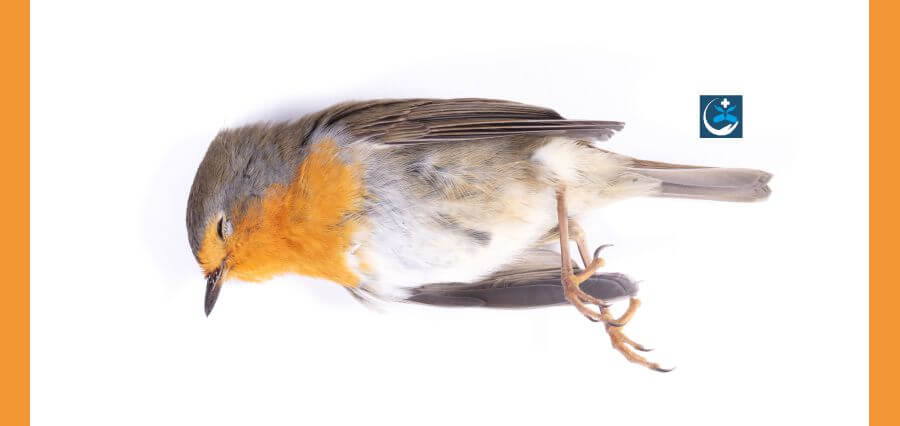The head of the World Organisation for Animal Health warned on April 4 that the spread of bird flu to an increasing number of species and its expanding geographical range heighten the risk of human infection. Dr. Monique Eloit’s remarks followed reports from the US government about cases of the disease in dairy cows across several states and a person in Texas. She noted that this would only be a significant concern if there was transmission between cows, an aspect currently under investigation by US authorities.
Bird flu, or avian influenza, has resulted in the culling of hundreds of millions of poultry globally in recent years, primarily transmitted by migrating wild birds. Despite a lower number of outbreaks this season, the virus has spread to new regions like South America and Antarctica, affecting a larger variety of animals, including rare species such as foxes, cats, tigers, seals, dolphins, and bears. Dr. Eloit expressed concern over the recent extension of the virus to various mammal species.
She emphasized the rising viral load due to contamination of more animal species, posing an increased risk of human transmission. While some bird flu outbreaks have led to severe or fatal infections in individuals with close contact with infected animals, sustained human-to-human transmission has not been observed to date. The overall risk of contracting the disease for individuals not exposed to infected animals remains very low, according to scientists.
There is concern over the mutation of animal and human flu viruses, raising the possibility of the virus evolving to become transmissible among mammals, including humans. On April 3, the European Food Safety Agency warned of a potential large-scale bird flu pandemic if the virus gains the ability to transmit between people, given the lack of immunity against the virus in humans.
Read More: Click Here







